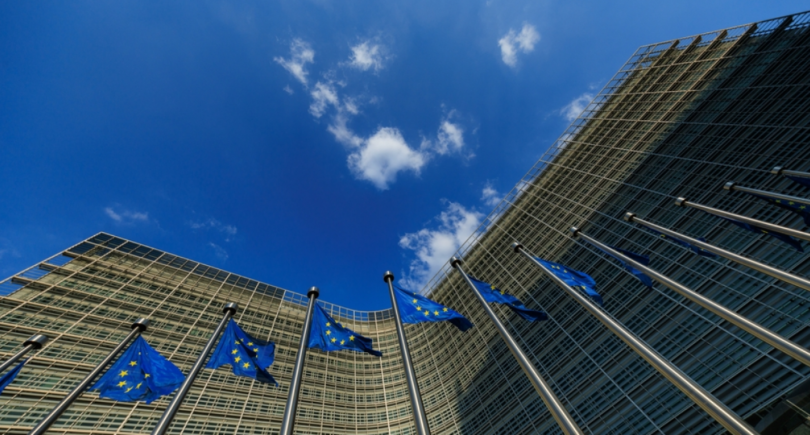
News Global Market Southeast Asia 3838 22 May 2024
Last year, this indicator fell by 1.9% year-on-year in the six main countries of the region
The Southeast Asian Iron and Steel Institute (SEAISI) estimates that steel demand in the region will grow by 3.7% y/y in 2024 – to 76.5 million tons, Argus Media reports.
The announced growth rates were lower than previous expectations due to high global inflationary risks, price volatility, and slowing demand in China and many other regions, the institute said at a specialized conference.
Demand for steel in the six major countries of the Association of Southeast Asian Nations (ASEAN-6), according to SEAISI, fell by 1.9% y/y last year – to 73.5 million tons. Steel production in this period decreased by 2.1% y/y – to 49.4 million tons, while net steel imports in 2023 decreased by 1.3% y/y – to 24.3 million tons.
The main factors behind the decline in the region’s steel industry last year were lower external demand, high inflation and interest rates, and tightening of global financial markets. This resulted in a slowdown in the construction sector and a sell-off of inventories at steel mills. Demand for steel in Malaysia, the Philippines and Vietnam fell by 14%, 7.5% and 4.8% year-on-year last year, respectively, which negatively affected regional industrial performance, while it grew in Singapore and Indonesia.
Steel demand in the region is expected to increase in 2024 as ASEAN-6 governments are optimistic about achieving their economic growth targets, given the strong private consumption, infrastructure and construction projects, tourism recovery, etc. as inflation rates approach target ranges.
However, the region will continue to face challenges related to supply chain uncertainty due to geopolitical tensions, weakening ASEAN currencies with some exceptions, slower economic growth outside Southeast Asia, volatile commodity prices, and extreme weather conditions.
As GMK Center reported earlier, the ASEAN steel industry needs government support, financing and technology to survive and be competitive in the face of the global decarbonization drive. The region is already overcapacitated and the situation is set to get worse.




